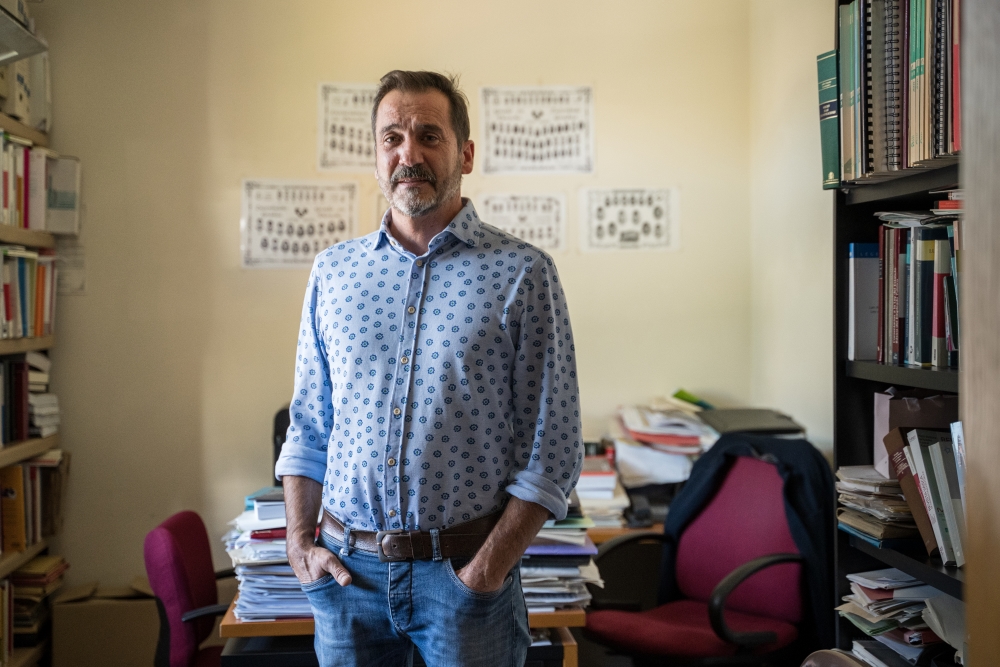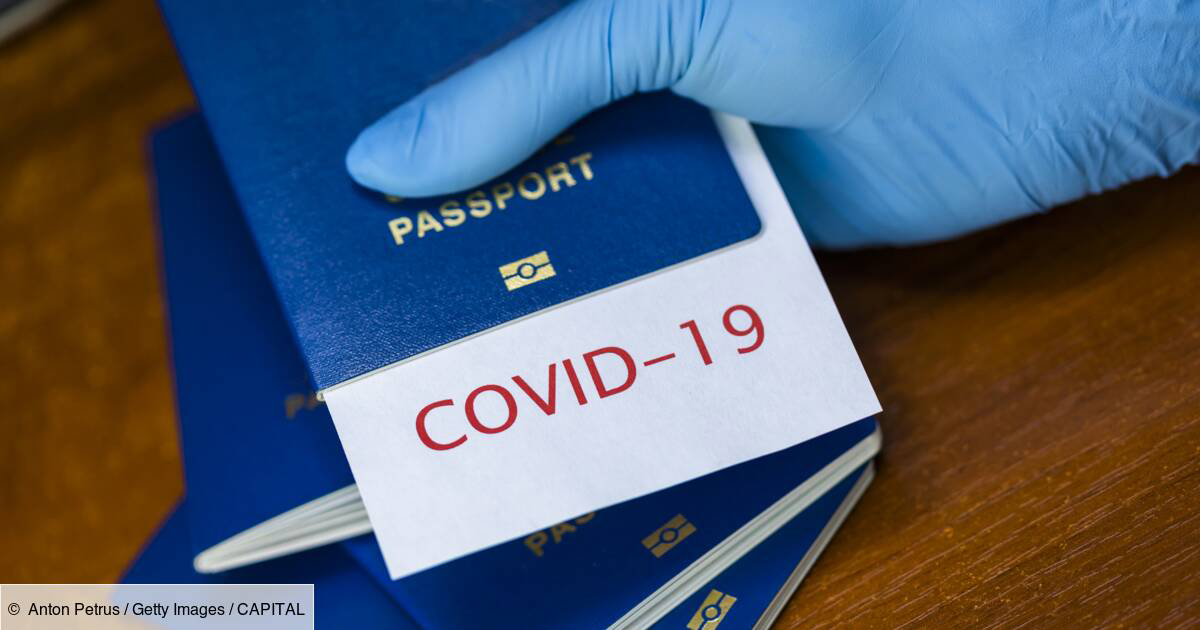The world’s CO2 emissions have suffered the biggest decline in history: 17%
- Among the most drastic measures taken as a result of the COVID-19 pandemic, many governments around the world have decided to confine their citizens to their homes, which has significantly affected the environment: CO2 emissions worldwide have fallen by 17%, and it is expected that by the end of the year it will remain between 4% and 7%. This is the biggest reduction in emissions in history since data collection.

The world's population has stopped, as has the polluting economic model and the transport that goes from one side to the other. Its effects have been noted in nature: animals in cities, vegetation in areas where grass was not cultivated and less CO2 in the air.
In particular, emissions into the atmosphere are expected to decrease this year by 2 billion tonnes of CO2, 5% compared to last year, according to a group of international experts published in the journal Nature Climate Change. This is the biggest drop since the 18th century, when emissions are measured, occupied before the Second World War, with a reduction of 845 million tons between 1944 and 1945.
At the most demanding point of the pandemic, CO2 emissions in Europe have fallen by up to 27%. Almost half of the discharges (43%) are associated with transport, while industry and electricity production account for the remaining 43%. For its part, air transport has fallen by 10%.
News to take with care
It is good news for the greenhouse effect, as CO2 is the main source of emission of this effect. However, experts warn that, at the end of the crisis, gases can re-grow. This is what happened in the 2008 crisis. At this time emissions fell by 1.4%, but the following year they grew by 5.1%.
The UN Environment Programme states that to keep the temperature rise below 2°C annual emissions should be reduced by 2.7% and 7.6% if it remains below 1.5°C.
Horren arabera, datorren astelehenetik aurrera, orain arte COVID-19ari aurre egiteko neurriak bertan behera geratuko dira Eusko Jaurlaritzaren eskumeneko alorretan. Labi bera ere desegin egingo dute.
That's the summer that we have, and with it the holidays that we usually link to this season, as if they were a reward to everything that has been given throughout the year. And again people want to go away. He wants to be on the famous coast, marvelous nature or the world's... [+]






















